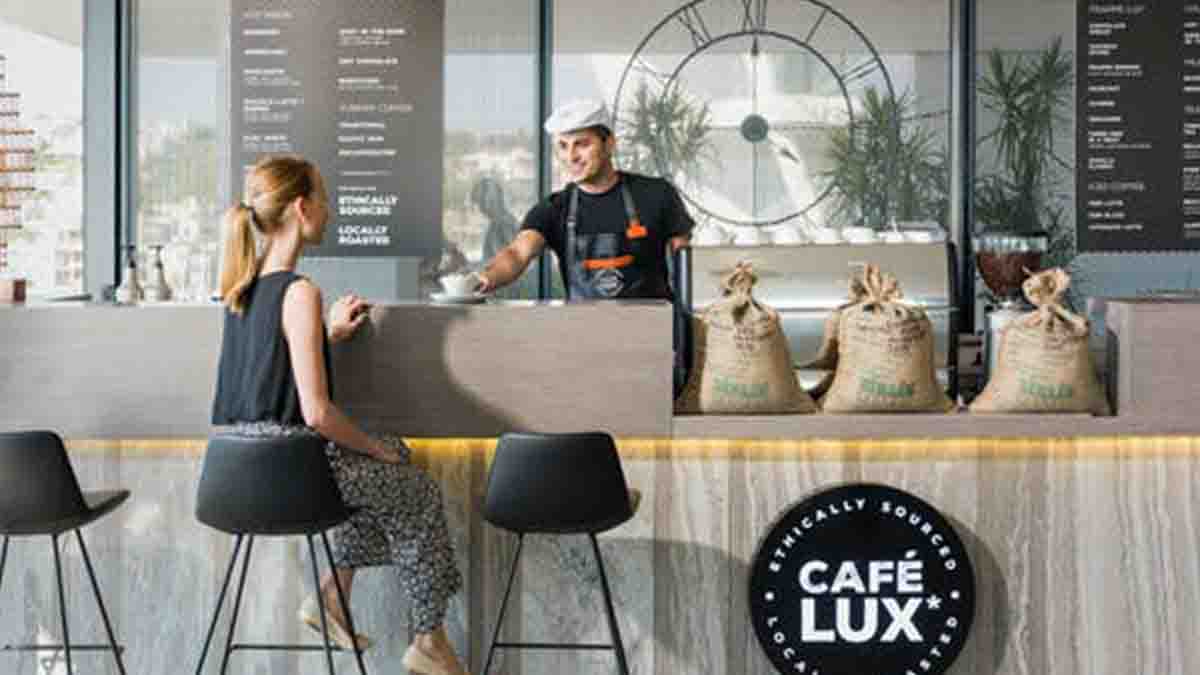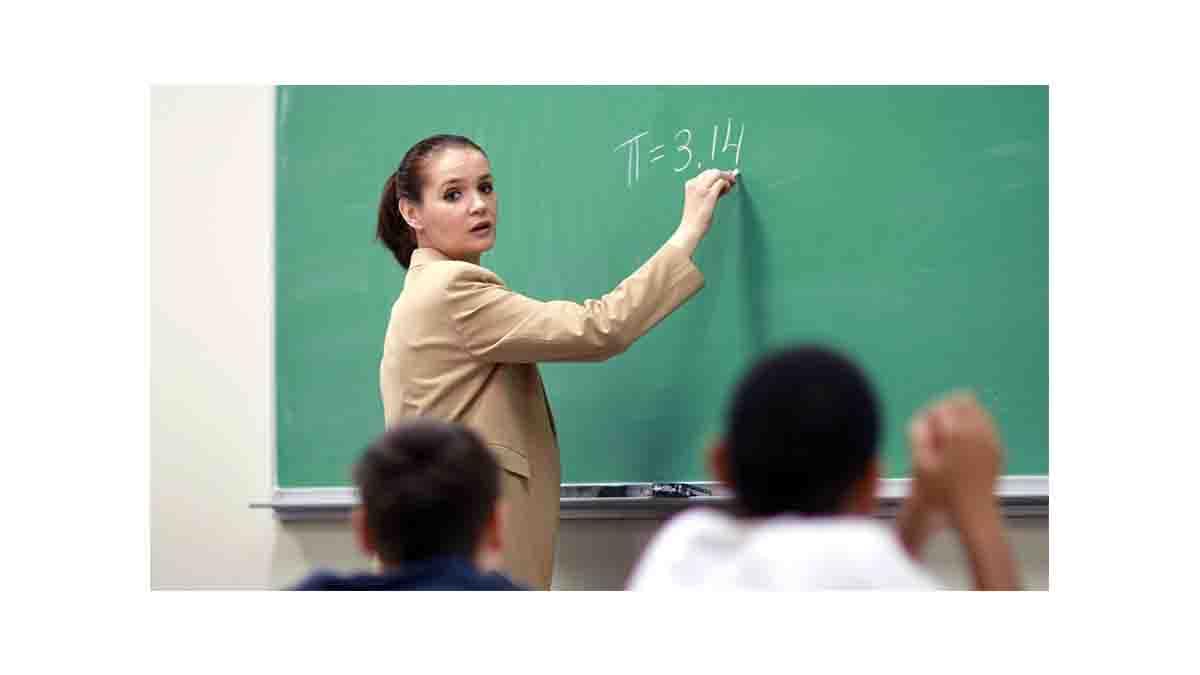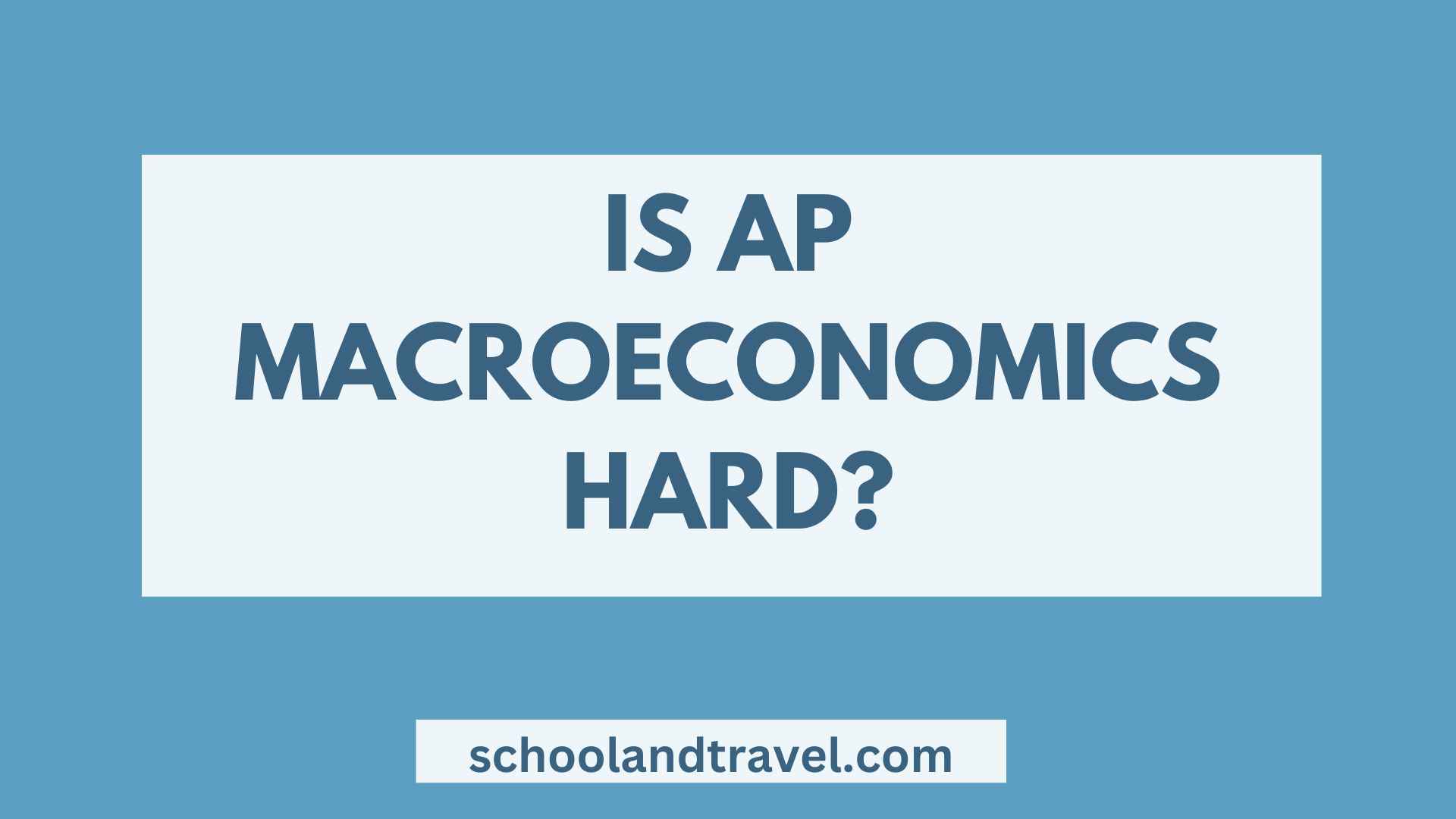School cafeterias in the US have long followed a boilerplate approach to their designs. However, it is time they start rethinking things. Everything needs a makeover, from the meals they serve to the cafeteria furniture.
Here is how they achieve that:
Serving Nutritious Meals:
School meals in the US are constantly changing. From lawmakers to concerned parents, everyone pushes schools to serve high-quality and nutritious meals.
Many school cafeterias have redesigned their menus or are currently doing so to accommodate healthier food options. In doing that, they are drastically improving the cafeteria experience for students.
Parents agree with nutritionists that school meals should balance the right nutrients.
An ideal school meal should have a portion of carbs, protein, a dessert item, and a refreshing drink. Some nutritionists agree that instead of a dessert, schools should provide fruits.
Also, school meals need to be delicious. After all, kids prefer enjoying a lip-smacking snack in between classes. Keeping those details in mind, here are a few school meal suggestions that moms think will work perfectly:
- Greek yogurt, granola bars, grapes, baby carrots, and a mini muffin
- Tuna fish on a croissant, baby carrots, yogurt, and a doughnut
- Chicken or veggie wraps, milkshake, and baby carrots
- A slice of pizza, watermelon cubes, and celery sticks
- Peanut butter and jelly sandwich, apple slices, and strawberry milkshake
- Macaroni and cheese, carrot sticks, and apple slices
- Pasta, strawberries, and a cup of yogurt
Providing Better Lunchroom Tables and Chairs:
Furniture is just as integral as any other element in a school cafeteria. Cafeteria tables and chairs need to be comfortable. The whole point of school furniture is to make students feel at ease while they study or relax.
Cafeteria tables and chairs are no different. Students should feel as comfortable as possible while eating, which is why the choice of cafe tables and chairs is so crucial.
A simple cafeteria table is usually long and seats at least four to six students. The bench-style seating has become popular over the years. Due to the COVID-19 pandemic, this trend saw a shift.
However, schools are likely to return to the normal table and chair arrangement soon. A table should be wide enough to accommodate lunch trays. Plus, there should be a bit of extra space on both sides for students to rest their arms.
Making the Meals Look Aesthetic:
A big part of improving the cafeteria is making the food look presentable. That includes using fresh ingredients and plating the food in an organized manner. It is also crucial to provide the right type of containers so that different foods don’t mix.
Schools should use airtight containers for serving meals. They should serve liquid food in a separate container. Cafeterias need to be extra careful about the way certain food items look.
For instance, a slice of cake should not have a layer of liquid syrup under its base. They should also be careful about the expiry dates of the food they are serving and check for molds and rotten smells.
Rotten or unappealing food combos can ruin a school’s reputation. Hence, the visual aesthetic of the meals is something schools shouldn’t take lightly.
Creating Welcoming Entrances:
The lunchroom entrance is where the whole cafeteria experience starts for school students.
And an entrance that barely feels welcoming will only repel visitors. Given how impressionable young students are, the site of a broken or torn-down entrance with little to no color will always feel uninviting.
Even a simple “welcome” sign and a bit of color can make the entrances of school cafeterias feel more inviting. That will surely increase student participation, especially among the younger ones.
Another idea for creating welcoming cafe entrances is to set up themed decor during festivals or special occasions. For instance, schools can have a Christmas or Halloween-themed entrance during the respective holidays.
Schools should also put effort into the entrance decor during special school events, like career day or the annual athletic meet.
Providing Directions:
Students often don’t get plenty of time to finish their lunch. They have to head to the cafeteria, get done with their lunch, and return to the classroom in as little as 20 to 30 minutes.
So, it becomes a real bother to them when they can’t navigate their way inside the cafeteria.
It becomes increasingly difficult if the cafeteria is large and different foods are served on other aisles. So, assuming students know what they want to eat, it would be very helpful to know where they should go.
And the best way to arrange that is by setting up directions through small signs. A few simple arrows pointing towards the mentioned aisles will help students get their lunch and finish on time for class.
Once schools finish looking into all these, they can think about the cafeteria aesthetics. Fresh paint should do the trick here. And with that, school cafeterias will start looking vibrant and more appealing to students.





